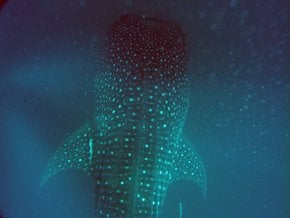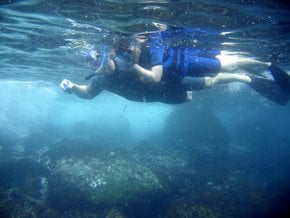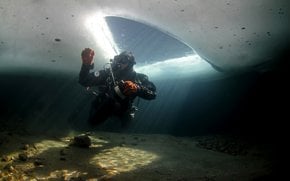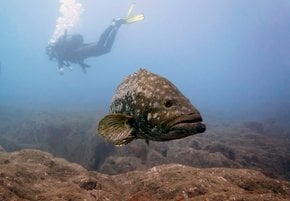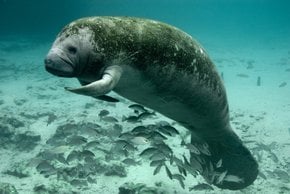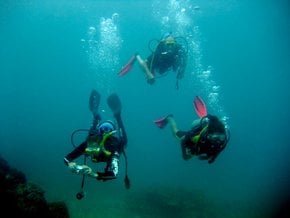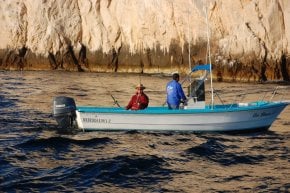Mobula Rays in Cabo San Lucas 2025-2026
The small size of Mobula rays allows them to perform tricks and be the public's favorites
Best time: mid-May–July | late November–early January
Mobula rays are common in Baja California during their breeding season between mid-May and July. During this time, you can find massive schools of these beautiful diamond-shaped creatures just off San Lucas Marina. Mobula rays are easy to spot thanks to their unusual mating behavior—jumping above the sea surface and making water splashing noise. Reverse migration takes place between late November and early January, but the winter season is less impressive.
Cabo San Lucas snorkeling tours, running between mid-May and July, will take you to the amusing mini-manta rays up close. When your guide notices the first "flying ray," then you'll know that you've reached the destination. Prepare to see an unforgettable spectacle of thousands of Mobulas floating synchronously during your underwater adventure. These aquatic species are harmless and are not dangerous to humans.









